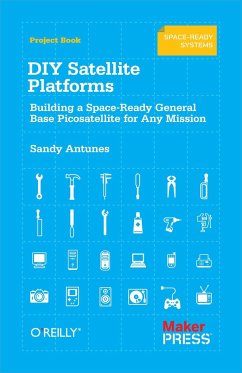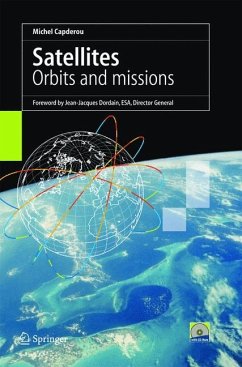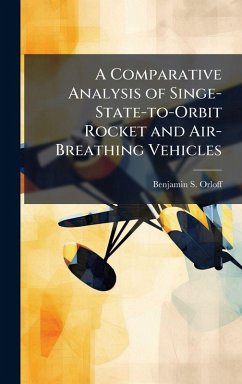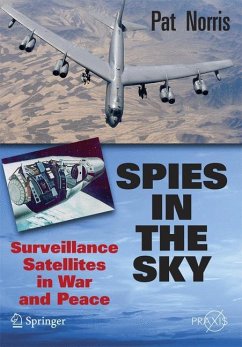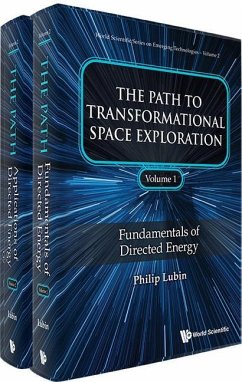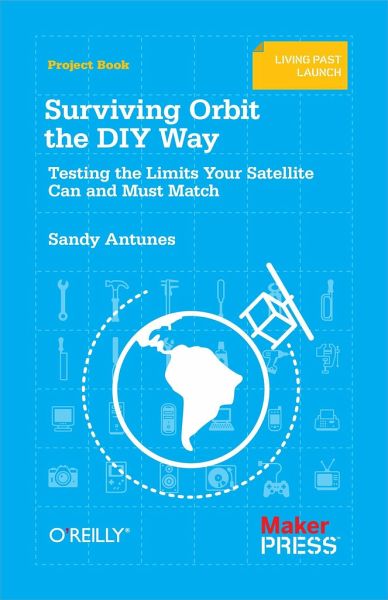
Surviving Orbit the DIY Way
Testing the Limits Your Satellite Can and Must Match
Versandkostenfrei!
Versandfertig in über 4 Wochen
6,99 €
inkl. MwSt.
Weitere Ausgaben:

PAYBACK Punkte
3 °P sammeln!
Is your picosatellite ready for launch? Can it withstand rocket thrusts and the vacuum of space? This do-it-yourself guide helps you conduct a series of hands-on tests designed to check your satellite's readiness. Learn precisely what the craft and its electronic components must endure if they're to function properly in Low Earth Orbit.The perfect follow-up to DIY Satellite Platforms (our primer for designing and building a picosatellite), this book also provides an overview of what space is like and how orbits work, enabling you to set up the launch and orbit support you'll need. Go deep into...
Is your picosatellite ready for launch? Can it withstand rocket thrusts and the vacuum of space? This do-it-yourself guide helps you conduct a series of hands-on tests designed to check your satellite's readiness. Learn precisely what the craft and its electronic components must endure if they're to function properly in Low Earth Orbit.
The perfect follow-up to DIY Satellite Platforms (our primer for designing and building a picosatellite), this book also provides an overview of what space is like and how orbits work, enabling you to set up the launch and orbit support you'll need. Go deep into the numbers that describe conditions your satellite will face Learn how to mitigate the risks of radiation in the ionosphere Pick up enough formal systems engineering to understand what the tests are all about Build a thermal vacuum chamber for mimicking environment of space Simulate the rocket launch by building and running a vibration shake test Use a homebuilt centrifuge to conduct highG-force tests Get guidelines on scheduling tests and choosing an appropriate lab or clean room
The perfect follow-up to DIY Satellite Platforms (our primer for designing and building a picosatellite), this book also provides an overview of what space is like and how orbits work, enabling you to set up the launch and orbit support you'll need. Go deep into the numbers that describe conditions your satellite will face Learn how to mitigate the risks of radiation in the ionosphere Pick up enough formal systems engineering to understand what the tests are all about Build a thermal vacuum chamber for mimicking environment of space Simulate the rocket launch by building and running a vibration shake test Use a homebuilt centrifuge to conduct highG-force tests Get guidelines on scheduling tests and choosing an appropriate lab or clean room




